Experiencing damage or theft of your diamond ring, whether it’s a lab-grown diamond or a mined diamond, can be a distressing situation. Even if you haven’t encountered such an incident yet, it’s important to recognize that it’s always a possibility.
Now, you may be wondering: Can you insure a lab-grown diamond?
The answer is: Yes, you can certainly insure a lab-grown diamond, just like you would with a naturally mined diamond. Despite some misconceptions suggesting that coverage for lab-grown diamonds is challenging to obtain, it is indeed possible.
At this point, you might be wondering about the best insurance coverage options, where to find a suitable policy, and how much it will cost you.
To address these queries and more, let’s delve into the following information.
DESIGN YOUR OWN ENGAGEMENT RING: START WITH A SETTING OR START WITH A DIAMOND. IT’S REALLY UP TO YOU!
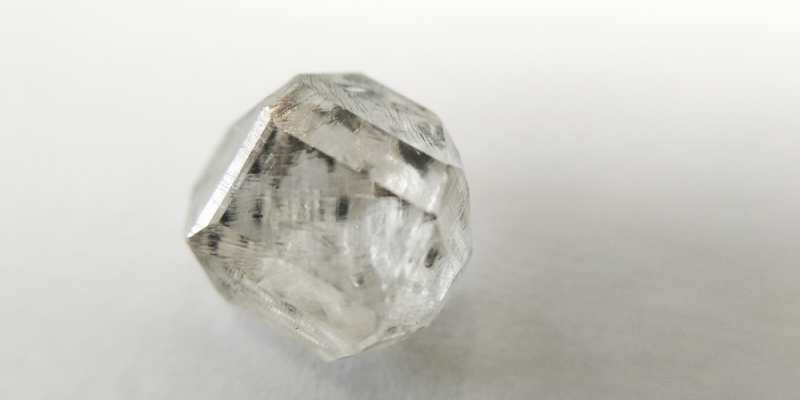
What Are Lab-Grown Diamonds?
Before we proceed, let’s first clarify what lab-grown diamonds are.
Lab-grown diamonds, also referred to as artificial diamonds, are created in controlled laboratory environments. Through sophisticated technological procedures, these diamonds are produced by replicating the conditions under which natural diamonds form.
These lab-grown diamonds possess the same crystal structure as natural diamonds, as they consist of carbon atoms arranged in the characteristic diamond lattice. They exhibit identical chemical and optical properties to those of natural diamonds.
Despite lab-grown diamonds being more affordable than natural diamonds, it’s important to note that they can still be insured. The lower cost does not impede the ability to obtain insurance coverage for them.

The Purpose Of Insurance – Diamond Edition
Imagine accidentally dropping your diamond ring on a hard tile floor, only to discover that the diamond is now cracked. The sentimental value of the ring coupled with the cost of replacing the damaged diamond can be disheartening. Often, people find themselves lacking the funds to replace such a loss and are left with few options: going without a ring, borrowing money, or wearing a temporary replacement until the original is repaired. This is where insurance becomes invaluable, as it can alleviate the financial burden caused by such losses.
Having insurance coverage for your diamond ring allows you to file a claim and receive the necessary funds to replace the damaged diamond, easing your worries in the process. Although diamonds are renowned for their hardness and resistance to scratches, they are not indestructible. There is always a risk of damage, whether through breakage, chipping, theft, or loss. Insurance serves as a safeguard against these potential losses that may otherwise be financially burdensome.
By paying a reasonable premium each month, you can avoid a significant financial blow when faced with such situations. It’s essential to differentiate between items that require insurance coverage and those that don’t. For example, a scratched CD can be easily replaced without much expense, making insurance unnecessary. However, a diamond ring that holds substantial value warrants insurance coverage.
There are two primary ways to protect yourself from the financial impact of a stolen or damaged diamond: jewelry insurance and self-insurance.
Self-insurance involves setting aside funds to cover the potential losses. For instance, if you deposit $2500 into a Certificate of Deposit specifically designated for ring insurance, you can use that money to repair or replace the damaged or lost ring without experiencing a significant financial strain. If the worst-case scenario doesn’t occur, you can redirect those funds towards other purposes. This approach is suitable if you have the necessary cash readily available. Alternatively, if you don’t have a lump sum, you can set aside a portion of your income each month, gradually accumulating the funds over time.
Jewelry insurance is another option, and some coverage may be available through your homeowners or renters policy, typically capping at $1000 to $1500. However, for higher coverage amounts, you will need to obtain a specific jewelry rider. Obtaining quality coverage for both lab-grown and natural diamonds is generally straightforward. The process begins with a jewelry appraisal to determine the value of the diamond. If the estimated value is too high, it will result in higher premiums, while an underestimate may leave you underinsured. Comparing the costs of similar rings can also provide a reasonable replacement value estimation.
While a formal appraisal offers confidence and accuracy, the alternative method of comparison shopping may be faster and less expensive, albeit slightly less precise. Nonetheless, it is crucial to consider the uniqueness of your lab-grown diamond when determining its value, as it plays a significant role in the insurance coverage process.
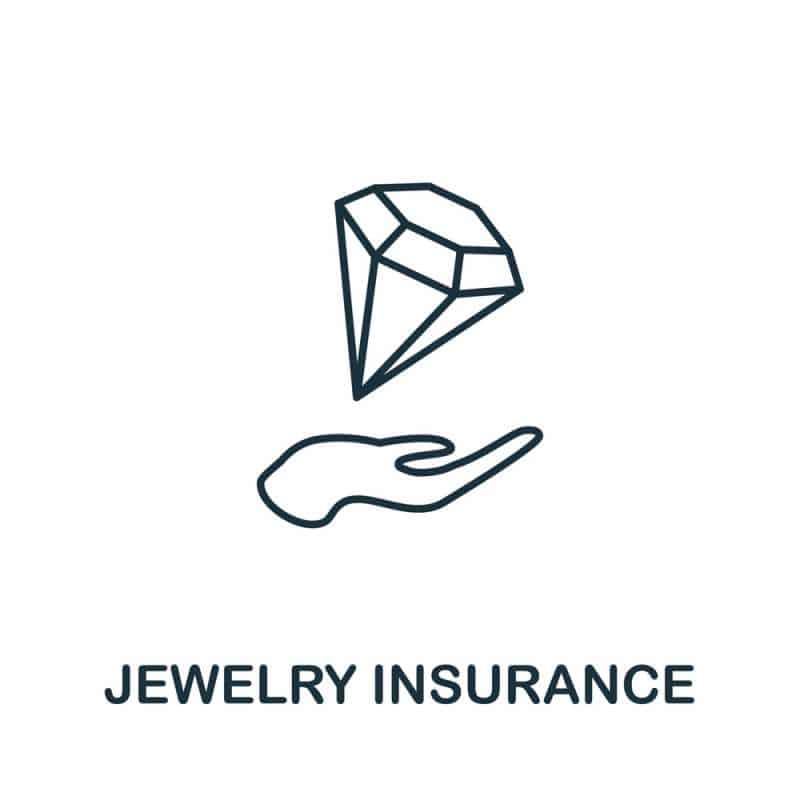
The Cost Of Jewelry Insurance Coverage
The cost of jewelry insurance is typically determined by the total insured value of the item. Annual premiums usually range from 1% to 2% of the insured amount.
For instance, if you have a $3000 diamond ring, the insurance premium would amount to approximately $30 to $60 per year.
There are ways to potentially reduce insurance premiums, such as using a safe to store your diamond ring when it’s not being worn. Additionally, keeping essential documentation like grading reports and receipts in the safe can be helpful. It’s also worth inquiring with your insurer about any available discounts.
If you decide to get coverage, it’s advisable to do so as soon as possible to avoid the risk of damaging your lab-grown diamond before the policy takes effect.
However, the cost of the policy is not the only factor to consider. Here are some additional factors that warrant attention:
- Type of solution offered by the policy: Determine whether the policy covers replacement value, agreed value, or actual cash value.
- Exclusions: Understand the specific situations or types of damage that may be excluded from coverage.
- Deductible: Find out if the policy includes a deductible and the amount you would be responsible for.
- Addressing inflation: Consider how the policy accounts for inflation over time.
- Covered forms of damage: Clarify what types of damage are covered by the policy.
- Ease of working with the insurance company: Research the insurer’s reputation for customer service and claims handling.
- Restrictions on repair locations: Check if there are any restrictions on where you can take your diamond ring for repairs.
- Proof requirements for theft or loss: Understand what kind of documentation or proof is necessary if your ring is stolen or lost.
- Geographic limitations: Determine if there are any limitations on coverage based on geographic location.
To gather more information and find the right insurer with the best combination of price and features, consider reaching out to insurance companies directly and asking about these specific issues. Additionally, online reviews can provide insights into the quality and reputation of insurers you may be considering.
Types Of Policies
Insurance policies are not one-size-fits-all, as individuals have different preferences and needs. Let’s explore the different types of policies available:
- Replacement Value:
This type of policy aims to help you replace your damaged or lost diamond ring. The insurance company will cover the cost of a similar replacement ring. However, there may be disagreements regarding the exact similarity between the insurance company’s ring and your original one. - Agreed Value:
With this policy, the insurance company agrees to pay a specific amount for a covered loss. The advantage is that you have a guaranteed payout amount. However, if the value of lab-grown diamonds increases over time, the agreed value stated in the policy may not be sufficient. - Actual Cash Value:
This policy is typically easier to obtain and more affordable. The insurance company will pay the current market value of the diamond ring at the time of the loss. However, as time passes, the payout value decreases due to depreciation.
In general, replacement value policies offer the most comprehensive benefits. It’s essential to carefully read the contract language and understand any exclusions before committing to a long-term policy.
Reviewing and updating your insurance policy is important. Reassess the value of your diamond ring every three to five years. If the price has increased, you may need to increase your coverage accordingly. Conversely, if the average value of lab-grown diamonds decreases, you can adjust your coverage to reflect the actual replacement value.
While it’s possible to have your ring appraised periodically to confirm its value, it may not be necessary or ideal due to the associated costs. Alternatively, consider inquiring about the warranty offered by the retailer. Keep in mind that store warranties may sound appealing but often have limited value in reality.
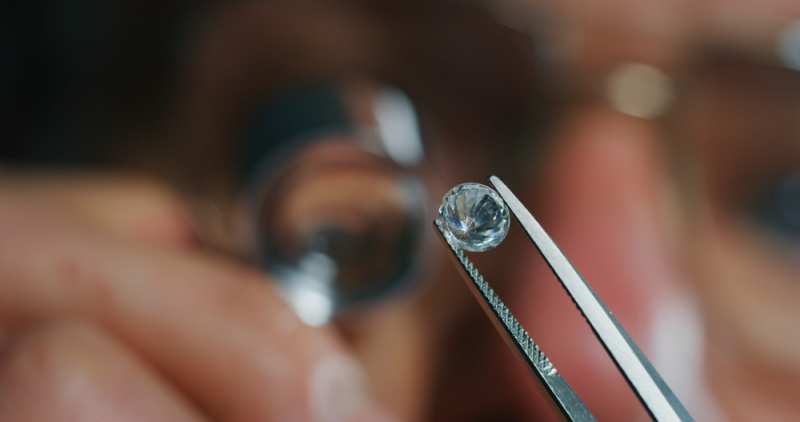
How To Protect Your Diamond Ring?
To ensure that you receive proper value and protection for your diamond, it’s important to have it graded by reputable labs like the Gemological Institute of America (GIA) or the International Gemological Institute (IGI). These labs provide detailed reports that accurately describe your diamond.
Having a grading report from GIA for lab-grown diamonds may differ slightly from their reports for mined diamonds, with fewer details related to color, for instance. In contrast, an IGI report holds greater value, as their reports are identical for both lab-grown and mined diamonds.
In addition to grading reports, it’s recommended to keep detailed records of any work done on your diamond rings, such as repairs, enhancements, or adjustments. Taking clear photographs that capture every detail of the diamond ring and storing them in a safe place can assist the insurance company in verifying its value.
Consider having a micro inscription lasered on the outer perimeter of your lab-grown diamond. These inscriptions are extremely small and invisible to the naked eye, serving as a means of identification in the unfortunate event of theft.
Keeping receipts for your diamond ring in a secure location is also essential. Receipts serve as proof of purchase and the original amount you paid for your lab-grown diamond.
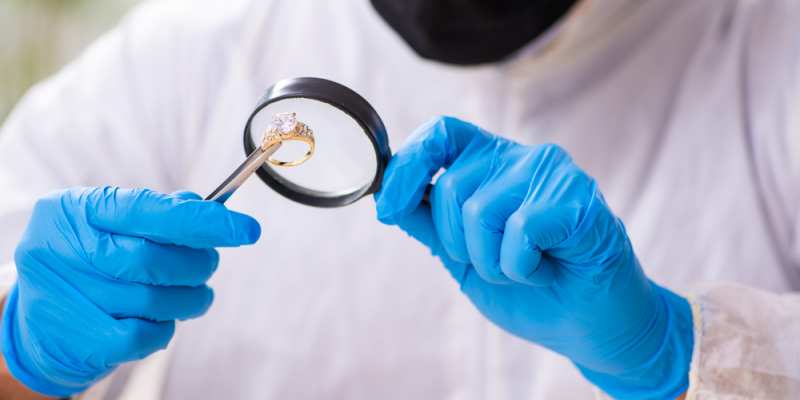
Don’t Fall For Everything You Read Online
There is misleading information circulating online suggesting that insuring lab-grown diamonds is difficult or impossible. However, this is simply not true, and it’s important not to be swayed by such claims.
To clarify any doubts, it is advisable to contact your insurance agent directly and express your intention to insure your lab-grown diamond ring. You will discover that insurance companies treat lab-grown diamonds in the same manner as mined diamonds. They are more than willing to provide coverage for lab-grown diamonds.
Insurance companies specialize in insuring various assets, including diamonds, and they are accustomed to accepting fair premiums in exchange for coverage. Therefore, there is no reason for them to decline your request to insure your lab-grown diamond ring.
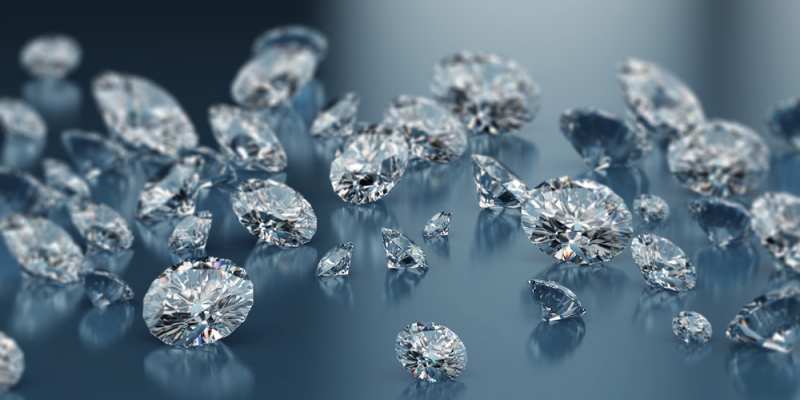
Conclusion
If you’re still wondering whether you can insure a lab-grown diamond, the answer is a definite yes.
Lab-grown diamonds possess the same physical, chemical, and optical properties as naturally mined diamonds. They are authentic diamonds, albeit with a different origin.
To safeguard yourself against the financial impact of a damaged or stolen lab-grown diamond, you have two options: self-insurance or jewelry insurance.
When it comes to insurance policies, there are three main types to consider: replacement value, agreed value, and actual cash value. Each type has its own advantages and disadvantages, so it’s important to consult with your insurer to determine which option best suits your needs.
In addition, there are several measures you can take to protect your lab-grown diamond in case of damage or theft. These include obtaining grading reports from reputable labs, capturing detailed photographs of your diamond ring, and considering micro-inscription for identification purposes.
If you have any concerns or questions, it’s advisable to reach out to your insurance provider for further guidance and clarification.


